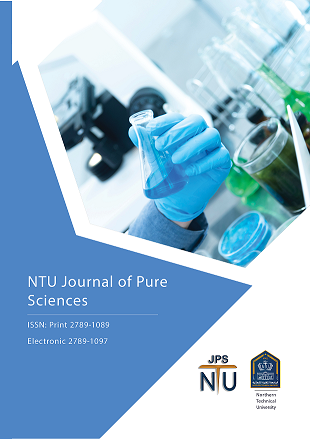Characterization of a Lactobacillus strain found in obese women in Kirkuk, Iraq
DOI:
https://doi.org/10.56286/v0cc5p67Keywords:
Lactobacillus, Obesity, Kirkuk, BMI, DiabetesAbstract
Background: Since the origin of obesity is multifactorial and complex, resulting from the interaction between genetic/epigenetic, environmental, and socio-psychological determinants, in addition to the bacterial composition of the intestinal flora could be a third element involved in the development of excess weight. therefor intestinal flora (especially Lactobacillus) plays an intermediary role in the metabolism and inflammation and involved in the pathogenesis of diabetes type 2 and obesity.Objective: This study aimed to determine the relationship between identified Lactobacillus spp. and obesity in women.Material and method: This study included the collection of 90 samples from participants (20-50 Years) during the period from December 2022 to March 2023. Body mass index was calculated for study participants and Lactobacillus strain was microbiologically and biochemically identified.Results: Results showed that Lactobacillus of obese participants are significantly (p<0.001) different from that of thin and normal participants.Conclusion: This study showed a microbiological analysis revealed that obese diabetic and non-diabetic patients had higher percentages of many distinct types of lactobacillus than thin and healthy diabetic and non-diabetic patients. Female participants with type 2 diabetes had FBG values that were greater than those of non-diabetic participants, and it also rose with age.
Downloads
Downloads
Published
Issue
Section
License
Copyright (c) 2025 Copyright The NTU-JPS is an open journal, therefore there are no fees required for downloading any publication from the journal website by authors, readers, and institutions. The journal applies the license of CC BY (a Creative Commons Attribution 4.0 International license). This license allows authors to keep ownership of the copyright of their papers. But this license permits any user to download, print out, extract, reuse, archive, and distribute the article, so long as appropriate credit is given to the authors and the source of the work. The license ensures that the article will be available as widely as possible and that the article can be included in any scientific archive. Creative Commons License This work is licensed under a Creative Commons Attribution 4.0 International License. Intellectual property rights: The NTU-JPS policies will protect the author's intellectual property rights for all submitted and printed materials.

This work is licensed under a Creative Commons Attribution 4.0 International License.
The journal applies the license of CC BY (a Creative Commons Attribution 4.0 International license). This license allows authors to keep ownership of the copyright of their papers. But this license permits any user to download, print out, extract, reuse, archive, and distribute the article, so long as appropriate credit is given to the authors and the source of the work. The license ensures that the article will be available as widely as possible and that the article can be included in any scientific archive. Creative Commons License This work is licensed under a Creative Commons Attribution 4.0 International License.





